Utilizing air-side economizers during the cooler seasons can significantly reduce chilled water costs by leveraging outside air for cooling, offering substantial energy savings for businesses in temperate climates.
As we slip into fall, our thoughts turn to pumpkin spice. Our air-side economizers – a duct and damper arrangement with a control system that enables the heating, ventilation, and air conditioning (HVAC) system – however, think about saving chilled water costs. If we can lower load for the chiller, we can save money due to less energy being used. If the outside air is cool and dry enough, we can open an economizer and let nature do the job instead of using the chilled water coil. It also usually has the benefit of changing the air more quickly than during the winter or summer seasons.
Less chilled water pumping also lowers the energy needed to move the water around. We control the differential pressure of the chilled water by slowing down the chilled water pump via a variable frequency drive (VFD), and less load raises the differential pressure. The tower also must do less work because there is less heat rejected out to it, so the fans run slower. This saves tower make-up water as well: less evaporation, less water needed.


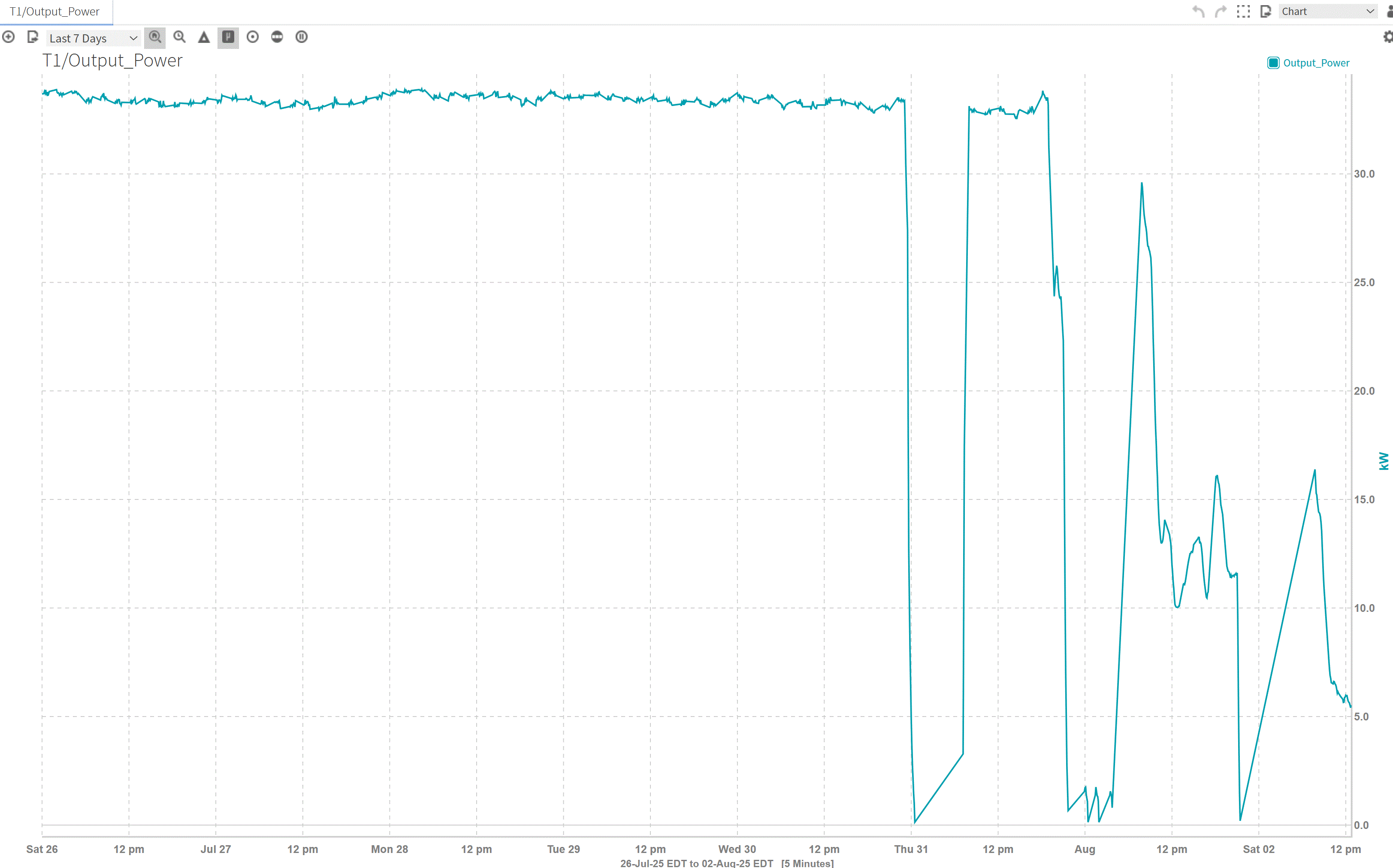
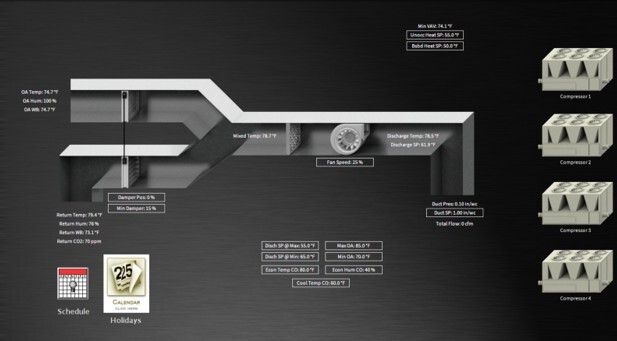
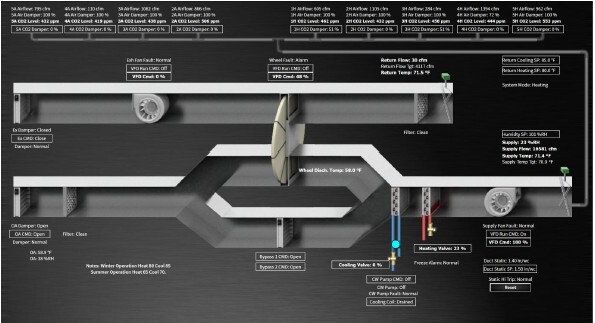
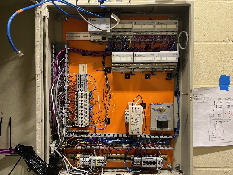


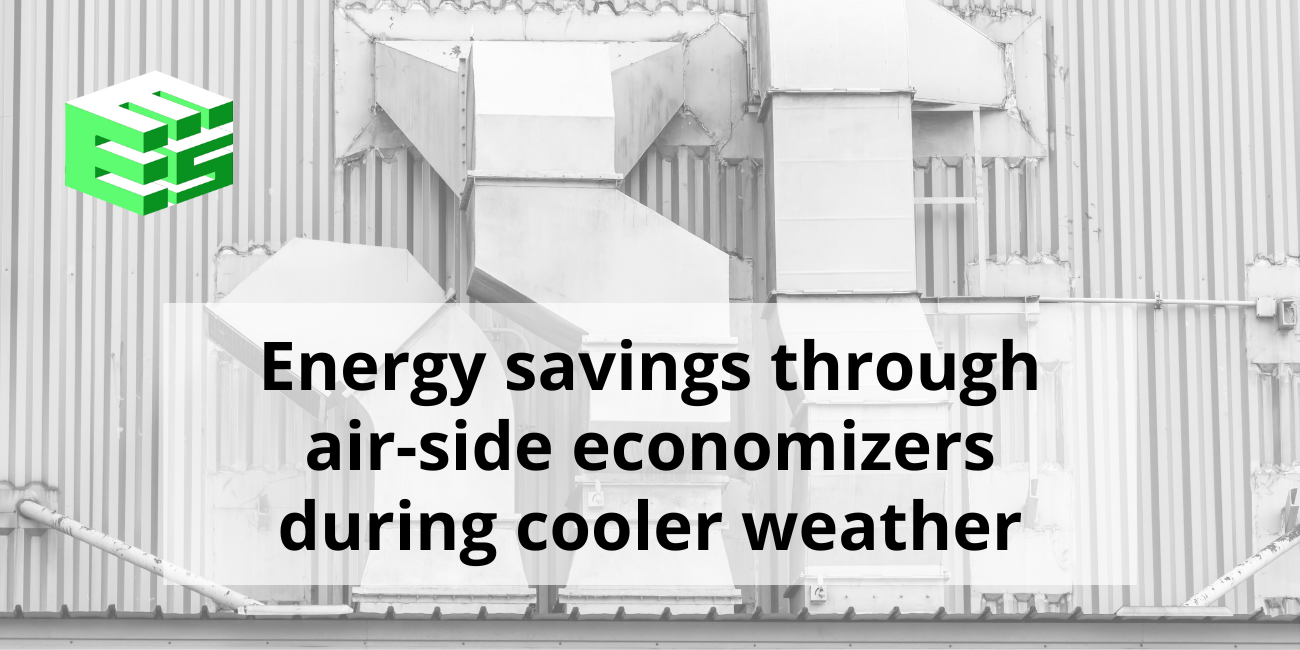
.png)
.png)
